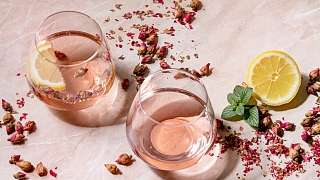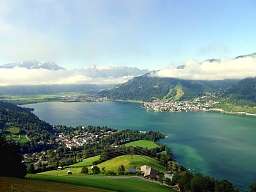Romantik Blog
Rosé wine as a new trend

For a long time it was ridiculed. In recent years, however, rosé wine has gained acceptance and is now extremely popular. "Demand continues to rise," says winemaker Allendorf. Even rosé sceptics are becoming fans, because the versatility of the range is increasing with the popularity. "Our Assmannshäuser Spätburgunder Rosé 2018 is very masculine and less fruity-light than usual - so it is definitely something for non-rosé drinkers," Allendorf tells us. For those who like it white and light, white cuvées are the first choice this summer. By combining different grape varieties, cuvées have less acidity and the taste is fruitier and more fragrant.
Wines in a bar mix
Summery and trendy are wines in long drinks. "Gin with white wine instead of tonic water and a good soda is my absolute favourite," Allendorf enthuses. "The wine allows the sweetness and fruity botanicals in the gin to stand out." Unconventional ideas like these are what make wine so fascinating for Ulrich Allendorf: "Wine is always about enjoyment and new taste experiences. With a good wine that you take your time with, you not only create a moment of palate pleasure, but also memories."
Wine knowledge
The most frequently asked questions
Are ice cubes allowed in wine?
On warm summer days, this is not a faux pas. It would be much worse to drink wine too warm.
Red wine with fish?
This is not taboo, especially with grilled dishes and intense flavours. It always depends on the combination of flavours.
What temperature should wine be?
White wines should be poured at 4 to 6° C, so that they have a drinking temperature of 8 to 10° C in the glass. Red wine should be drunk at 14 to 16° C. The indication of room temperature dates back to times when rooms were much cooler than they are today.
Is red wine healthy?
The high content of polyphenols in red wine has a positive effect on the cardiovascular system and cell ageing. It is important to drink wine with relish and in moderation. The recommended daily amount is 0.15 l for women and 0.25 l for men.
Does red wine need to breathe?
After opening, the wine should breathe for 15 to 30 minutes. The oxygen supply makes it leaner and softer.
How long can an opened wine be kept?
Stored sealed in the refrigerator, a wine should keep for three to four days. However, it changes taste, smell and colour with each passing day.
Is climate change also wine change?
Besides location and region, climate is one of the most important factors for the cultivation and quality of wine. It should be dry, warm and sunny for red wine, while white wine can also tolerate mild, rainier weather. According to climate researchers, temperatures will rise by 1.5 °C in the Mediterranean region and by 4 °C in northern Europe over the course of the century. In many growing regions, the dates for flowering, ripening and harvesting have already shifted forward over the last forty years. The warming poses problems for southern European regions in particular. The aroma and quality of affected wines could change considerably due to drought. Northern regions, on the other hand, could benefit considerably, as growing conditions improve for them. The traditional white wine country Germany, for example, is facing a change in favour of red wine, especially in southern regions, while European white wine cultivation is expanding to southern England and Scandinavia. So in the future, the wine list could read: Tempranillo from the German Rheingau and Riesling from the Swedish Småland.
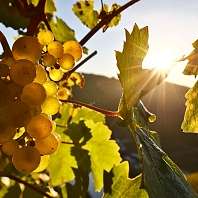
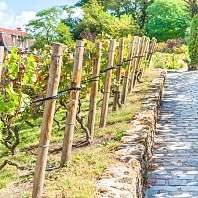
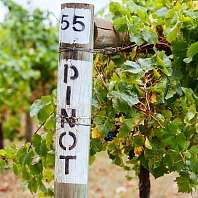
Wine journey into the unknown
Bordeaux from France, Barolo from Italy, Grüner Veltliner from Austria or Riesling from Germany - names that make the hearts of wine lovers beat faster. But other regions of origin and grape varieties also produce highly interesting wines. A voyage of discovery for wine lovers ...
Flanders (Belgium)
Wine growing in Belgium was already practised by monks in the 9th century, but then abandoned due to adverse climatic conditions. It was not until the 1970s that there was a renaissance. One of the wine pioneers is the businessman Jaap van Rennes, who found evidence of former viticulture in old archives near the city of Tongeren and recultivated the land. Today, mainly the Chardonnay grape variety is cultivated there. The result: wines matured in oak barrels that have lovers all over the world.
Côte d'Azur (France)
With over 2,700 hours of sunshine a year, plus sufficient rain and wind, mild winters and mineral-rich soils: the hinterland of the Côte d'Azur is made for dry and rich wines. A rarity are the wines from the region west of Nice, which are cultivated under the quality designation Vins de Bellet on just 50 hectares and produce about 120,000 bottles of wine of all kinds.
Rust and Apetlon (Austria)
The two wine-growing areas are located on Lake Neusiedl, which offers perfect conditions for wine-growing with 2,000 hours of sunshine. The area around Neusiedl am See is considered a secret treasure among Europe's wine regions. In addition to the classics Grüner Veltliner, Welschriesling or Pinot Blanc, unique wine varieties such as the "Ruster Ausbruch" are cultivated there. The noble sweet white wine, however, is not for lovers of dry wines.
Limburg (Holland)
Who would have known? Wine has been cultivated in Holland since Roman times. Today, the country has more than 150 commercial wineries. Most of the vineyards are in the Limburg region, which, with over 90 hectares, is the most important Dutch wine-growing area. Wine is also grown on the hills around Maastricht, contributing to the culinary reputation of the area. The Dutch wine variety Auxerrois is a speciality.
Kent and Sussex (Great Britain)
It is not necessarily the first thing that comes to mind when one thinks of Great Britain. And yet: England is home to numerous wineries with successful histories, most of which are located in the southwest of the country. The limestone soils of Kent and Sussex produce a high-quality crop of Chardonnay, Pinot Noir and Pinot Meunier vines, many of which are made into sparkling wines whose quality can easily compete with Champagne.
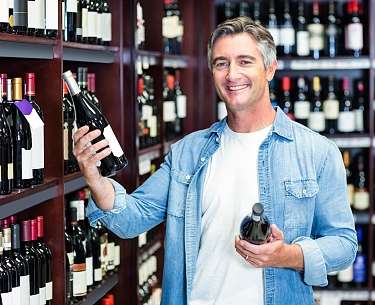
A little wine history
Kabinett:
Must meet certain minimum requirements, e.g. must weight.
Landwein:
Vines from a specific growing region, place indicated on label, dry or semi-dry.
Quality wine:
Subject to official inspection, differences: 'Qualitätswein bestimmter Anbaugebiete' (QbA) may be enriched with sugar, 'Qualitätswein mit Prädikat' does not allow enrichment.
Spätlese:
Ripe, fruity wine, vines are harvested seven days after the general harvest at the earliest.
Table wine:
Exclusively from authorised vineyards and grape varieties of Germany, without indication of place.
Hotel tips:
Post your comment
Comments
No one has commented on this page yet.
RSS feed for comments on this page RSS feed for all comments
